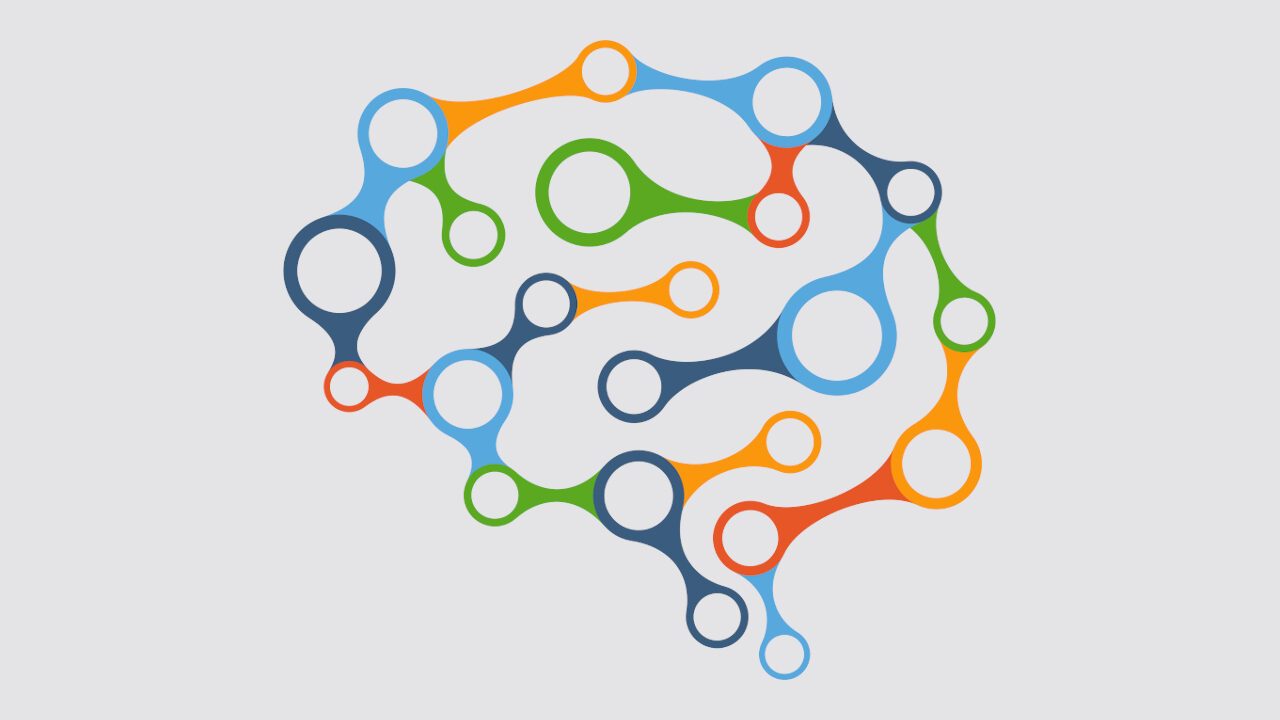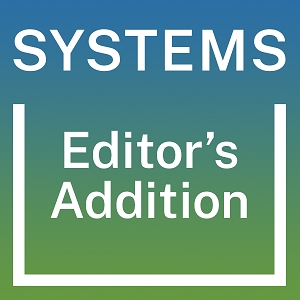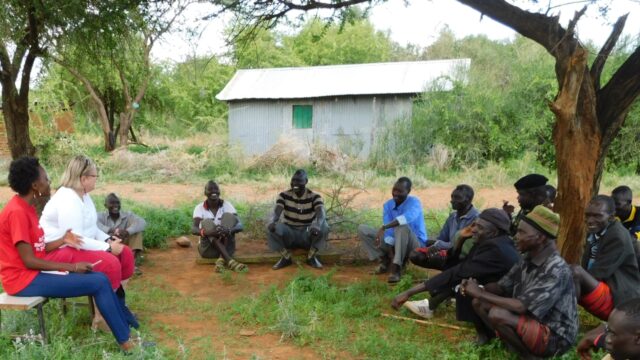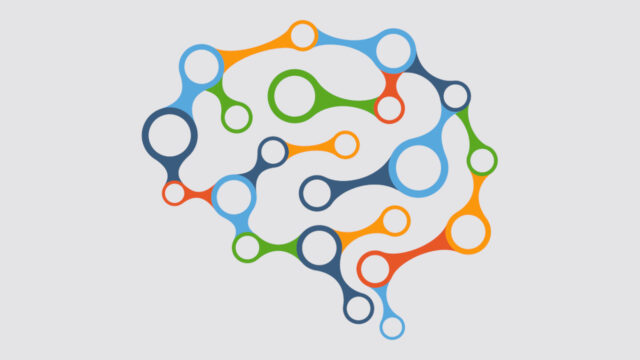
Competencies for systems thinking practitioners. Part 2: Skills and behaviours
Edited by Gabriele Bammer. Originally published on the Integration and Implementation Insights blog.
What skills and behaviours are required by those seeking to provide expert systemic analysis, advice and facilitation to support decision-makers in understanding and addressing complex problems?
This is the second of two blog posts presenting the systems thinking competencies provided by the UK Institute for Apprenticeships and Technical Education (no date) and completes an overview of what decision makers should be able to expect from systems thinking practitioners, along with the knowledge, skills and behaviour competencies such systems thinking practitioners should have. The first blog post provided overall expectations of what systems thinking practitioners should be able to do and knowledge competencies.
Skills competencies
Skills in 11 areas are required for a systems thinking practitioner.
S1: Applying systems knowledge
- Applies systems laws and concepts, as well as systems thinking approaches in real world situations, either directly, or to support systems methodologies (see K2 in the knowledge competencies in Part 1).
S2: Approach designs
- Recognises the nature of complexity most relevant to the situation of interest, and selects one or more appropriate approaches from the range of systems methods or methodologies. Undertakes these across a variety of domains or sectors.
- Defines the system of interest, its boundaries, stakeholders and context. Recognises the benefits and limitations of an approach; combines or adapts approaches where needed.
S3: Systems modelling
- Develops conceptual models of a variety of systems, real world situations and scenarios to provide insights into current or future challenges.
- Uses a range of systems models to: explore boundaries plus cause and effect, map interconnections and feedback loops, distinguish between differing worldviews or perspectives, and identify patterns, anomalies and emergent properties. Switches between these skills to achieve insight.
- Uses models to explore, develop and test a range of possible interventions relevant to the situation of interest, to establish both short and long-term consequences of potential actions, and to reduce unintended consequences.
S4: Interpretation
- Presents systems models, insights and intervention contributions in a way that is understandable in the real world.
S5: Engagement and collaboration
- Applies techniques to identify stakeholders and to build and sustain effective relationships with them. Seeks out and engages with marginalised viewpoints; counters the dynamics of marginalisation.
- Collaborates with and influences diverse stakeholders, colleagues and clients, identifying and adapting engagement and communication styles.
- Works effectively as part of multi-disciplinary groups which have divergent or conflicting world views.
- Designs, builds and manages groups to define the desired outcomes and achieve them. Uses tools and techniques to: maximise effective dialogue, develop a shared understanding of the problem situation, and make decisions.
S6: Inquiry, information gathering and analysis
- Applies a range of inquiry techniques to gather quantitative and qualitative information, including inputs, transformations, outputs and outcomes. Defines and designs hard and soft measures.
- Applies a range of questioning and listening techniques to enquire with stakeholders, and to adapt approaches in real time.
- Uncovers hidden or unstated assumptions to evaluate stated assumptions and to constructively challenge these where appropriate.
- Selects, elicits, manages and interprets appropriate types of data, information and statistics for model building, making the trade-off between value, cost and timeliness.
- Weighs the balance of evidence; identifies gaps, contradictions, uncertainties and anomalies in data, information and any other evidence.
S7: Intervention design
- Designs an appropriate intervention strategy for the system of interest, recognising relevant issues.
S8: Change implementation
- Plans, designs and leads interventions to achieve benefits and learning, based on sound understanding of a range of change methodologies and techniques.
- Uses facilitative processes empathetically to engage stakeholders in change processes and decision-making.
- Adapts plans in response to new data, insights, perspectives and learning.
S9: Developing self
- Applies techniques for structured personal reflexive practice to monitor and develop knowledge, skills and self-awareness.
S10: Leading, communicating and influencing
- Educates and influences stakeholders to participate effectively in challenging and ambiguous situations, including managing confrontation and conflict constructively.
- Creates effective teams. Orients intervention teams to the organisational, social, political and/or cultural context. Leverages strengths and develops alliances.
- Translates systems models and representations into comprehensible language for stakeholders; adapts communication method to the audience.
- Explains the benefits, principles and skills of systems approaches to stakeholders and participants in an intervention in order to guide them through a systems intervention.
S11: Assessment and evaluation
- Develops and implements suitable monitoring and evaluation criteria and mechanisms, aware of the influence that different system methods can have in situations.
Behaviour competencies
A systems thinking practitioner should have the following behavioural attributes.
B1: Develops self and practice
- Engages in structured reflection, monitoring and regulating own thought processes and understanding. Aware of the effect of own and others’ biases and of the mirroring effect of clients’ problems.
B2: Courage and constructive challenge
- Prepared to identify and challenge formal and informal centres of power and authority. Willing to constructively challenge assumptions, norms, claims and arguments.
- Adjusts the degree of challenge against political considerations, to achieve maximum achievable effect with minimum levels of damage. Balances confidence, challenge and humility during interventions. Fosters reflection in others.
B3: Curious and innovative
- Interested in creative solutions; explores areas of ambiguity and complexity. Seeks innovative solutions and approaches. Develops and tests multiple hypotheses.
B4: Professional
- Seeks to balance the needs of different stakeholders irrespective of personal bias. Regularly assesses ethical issues in interventions. Adheres to professional standards.
B5: Adaptable and cognitively flexible
- Enjoys working on ill-defined and/or unbounded problem situations. Is comfortable with high degrees of uncertainty and with working on a variety of situations of interest.
- Accepts change and innovation; actively considers new approaches to solving problems.
- Takes an adaptable approach to inquiring and intervening, as well as stakeholder engagement.
- Aware of possible unintended consequences resulting from acting in complex environments. Avoids over-attachment to particular, pre-determined or expected outcomes.
B6: Practical
- Takes a ‘real-world’ approach to the application of system models and to the design of interventions. Appreciative of constraints affecting the situation of interest.
B7: Resilient
- Remains motivated to make a difference when facing conflict between client and stakeholders, or a lack of will to engage with the initiative, or the client’s lack of willingness to take a systems approach.
- Accepts that “goal posts move”, and that unstable conditions are normal.
B8: Collaborative
- Is participative and inclusive of others; is sensitive to relational dynamics; encourages dialogue and co-operation across diverse people and groups; seeks positive win/win outcomes.
B9: Open-minded
- Embraces and seeks out diversity; enjoys exploration of multiple perspectives.
Conclusion to Part 2
Do you agree with the skills and behavioural competencies outlined? Are there others you would add? Are there some that you would modify or take off the list? Can you provide examples of how have you developed and applied the skills and behavioural competencies? Would it be useful to develop analogous competences for other approaches to complex problems such as transdisciplinarity, action research and post-normal science?
References:
The tasks and knowledge competencies are taken, with minor modifications, from the website of the UK Institute for Apprenticeships and Technical Education (no date). (Online): https://www.instituteforapprenticeships.org/apprenticeship-standards/systems-thinking-practitioner/
A description of “Editor’s additions” is available in https://i2insights.org/index/integration-and-implementation-sciences-vocabulary/. This editor’s addition was produced by Gabriele Bammer using the references above.
Biography:
 |
Gabriele Bammer PhD is Professor of Integration and Implementation Sciences (i2S) at the National Centre for Epidemiology and Population Health at The Australian National University in Canberra. i2S provides theory and methods for tackling complex societal and environmental problems, especially for developing a more comprehensive understanding in order to generate fresh insights and ideas for action, supporting improved policy and practice responses by government, business and civil society, and effective interactions between disciplinary and stakeholder experts. She is the inaugural President of the Global Alliance for Inter- and Transdisciplinarity (2023-25). |
Article source: Competencies for systems thinking practitioners. Part 2: Skills and behaviours. Republished by permission.
Header image source: Diego Dotta on Open Clipart, Public Domain.






